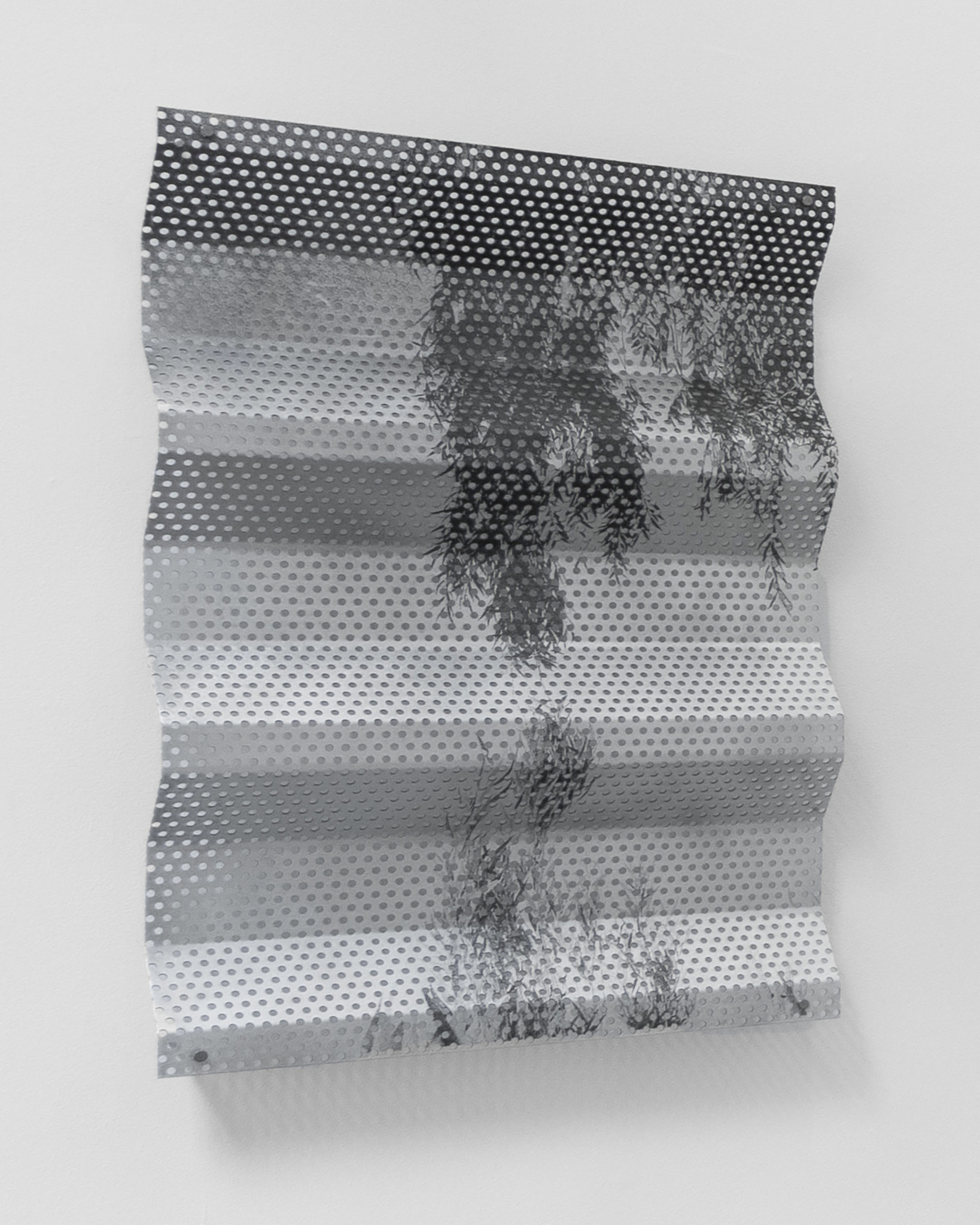We’re excited to introduce you to the always interesting and insightful Erin O’Flynn. We hope you’ll enjoy our conversation with Erin O’Flynn below.
Erin, appreciate you joining us today. Learning the craft is often a unique journey from every creative – we’d love to hear about your journey and if knowing what you know now, you would have done anything differently to speed up the learning process.
I learned what I know in terms of photography, screenprinting, and sheet metal shaping from generous teachers, mentors, friends, and other artists. Without being in a community, I would only have been able to learn so much from the internet or books.
The most important skill I learned for my screenprinted metal sculptures in my most recent series Particular Attention was experimentation. It was a matter of continually adjusting pressure and off contact distance when screenprinting onto metal. It was essential to learn how to create adhoc tools for sheet metal shaping to get the specific shapes I envisioned.
The biggest obstacle to learning more was lack of time. With the deadline for my thesis show approaching, I wasn’t able to experiment with as many metal forms or screenprint with as many pigment powders. Now that I’m not on a deadline for this specific series, I’m excited to find more forms and colors.

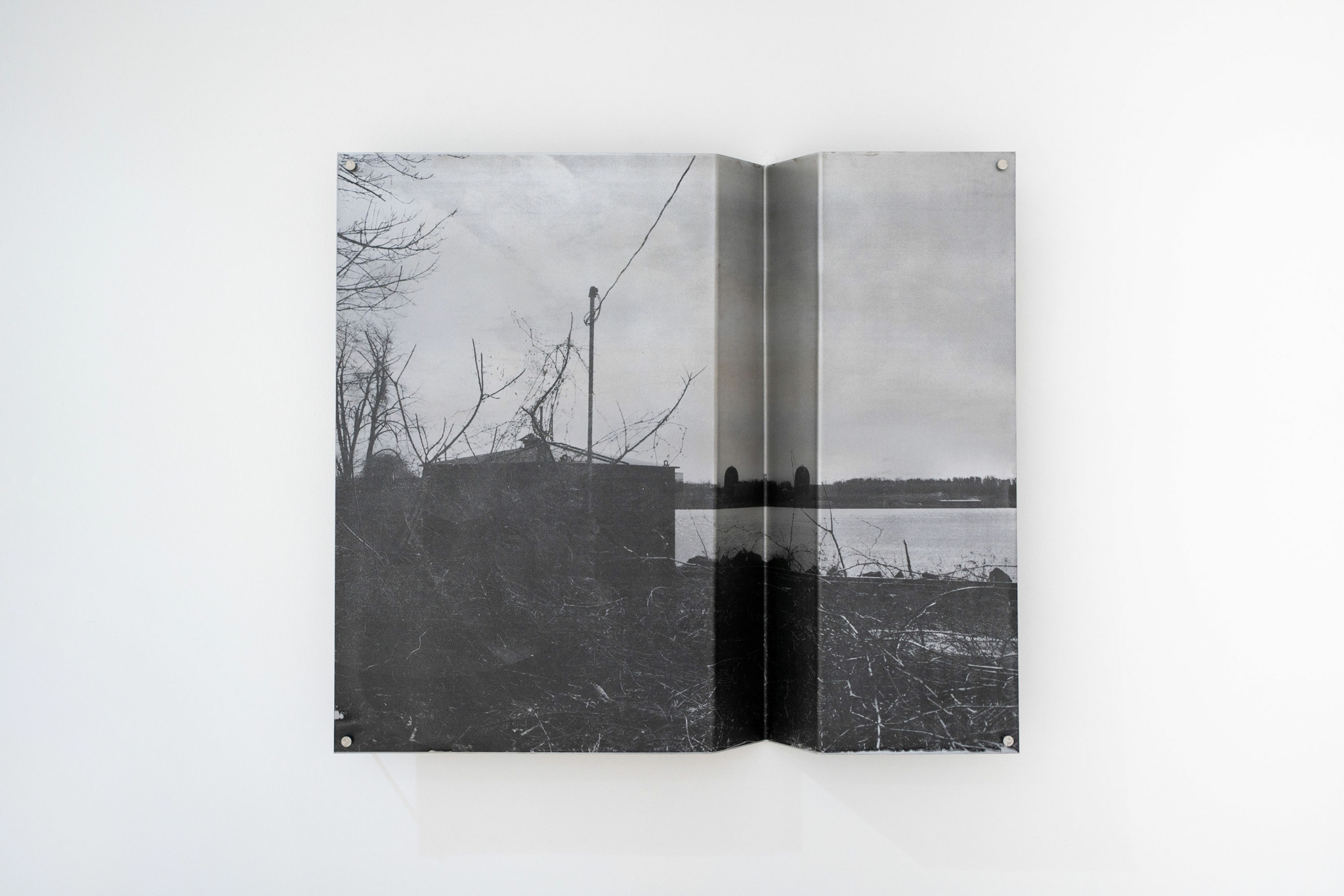
Great, appreciate you sharing that with us. Before we ask you to share more of your insights, can you take a moment to introduce yourself and how you got to where you are today to our readers.
My name is Erin O’Flynn, and I am artist based in Brooklyn, NY. I was born in New Mexico and grew up in Virginia. I received a BA in Urban Studies and Visual Arts (Photography) from Fordham University and an MFA in Photography from Pratt Institute. I have been the recipient of research grants include Pratt’s Graduate Research Engagement Grant for 2023 and 2024 and Fordham University’s Undergraduate Research Grant and the Ildiko Butler Travel Award. I have exhibited works throughout New York including at Clamp, Zero Art Fair at Upstate Art Weekend 2024, Newtown Creek Nature Walk, Pratt’s Photography Gallery, Flush Gallery, The Canvas Bowery and The Living Gallery.
I’ve always been interested in the arts and from a young age had a creative writing practice that eventually gave way to photography. I began photographing in undergrad as a way to connect with the world and my body. During undergrad, I often thought about growing up in Virginia and how that rural area filled with more housing developments. After seeing the work of Robert Adams and the New Topographics, I was enthralled to see how these photographers used a documentary style to investigate how human beings interact with their environment. Around this time, I became interested in the Buddhist concept of interbeing, where all living and non-living things are connected. This allowed me to make photographs that dissolved the distinction made between humans and nature. This concept continues to inform my practice as I’ve expanded into other mediums. Through sculpture and video, I’ve made work that engages directly with our environements’ material reality, whether through metal or stone in sculpture, or the audible and temporal experience of them, like in ‘Four Minutes, Full Volume’, a video work depicting emergency siren tests near a nuclear power plant.
Currently, I use sculpture, photography, printmaking and video to reorient our relationship to our environments. My most recent series Particular Attention explored the legacy of environmental harm related to nuclear war/energy production in New York through screenprinted sculptures and photographs. The metal curved and corrugated sculptures reference industrial forms from these sites like storage drums, safety cones and fences. Their screenprinted images combine my own photographs of the sites’ landscape with archival images of the sites’ past residents and floor-plans. The images use my own rusted fingerprints and black, silver, and rust-orange screenprints to unground and reground space. I used archival governmental images and documents to question the supposed neutrality of their site reports that evade responsibility.
There is a quote by Silvia Federici that I’ve been thinking about a lot recently in relation to my own practice’s methods. In an essay about a collaborative project situated in the radioactive Fukushima exclusion zone, “Don’t Follow the Wind,” she said, “Your project has to do with historical memory because people want to preserve what they have lost. Capitalism destroys the places we come from, destroys history…The connection to the past is also a connection with a future…It’s tomorrow and forever. It forces you think in new ways of reproduction…How do you adjust your body, how do you adjust your actions and how do you adjust your emotion for that place? Do you only hate it or fear it? Or is it possible to feel solidarity with that place?…I imagine there is a whole emotional adjustment that you need to do with the land. Can you see the land as a victim and be in solidarity with it?”
I hope that my future work will visualize new ways to enacting solidarity with all of our environments, even if we often perceive them as harmed or toxic. I think my practice has helped me step out of strict binaries of nature/human or past/future, to create work that points towards an embodied relationship to our environments’ tomorrow and forever.
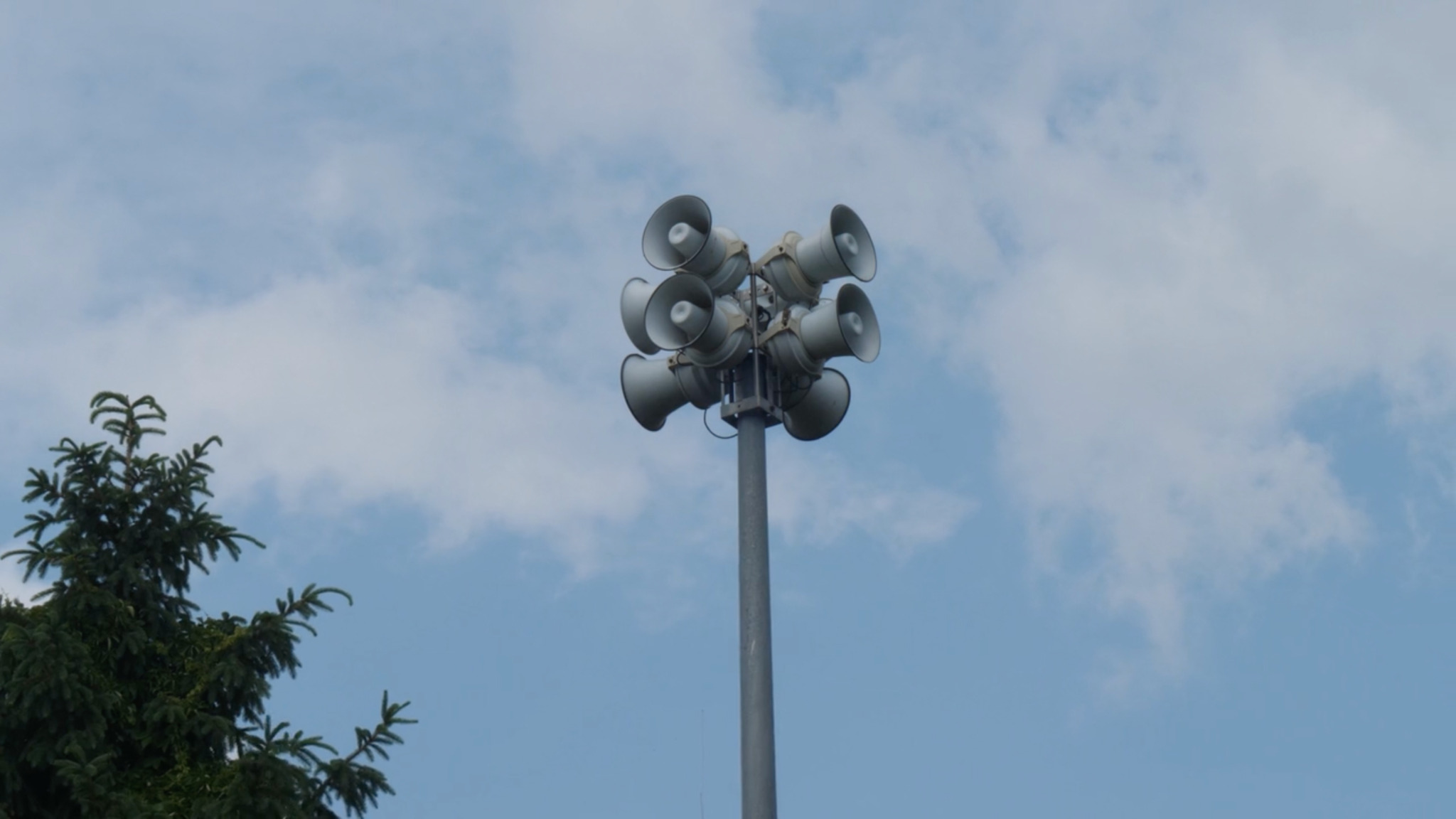
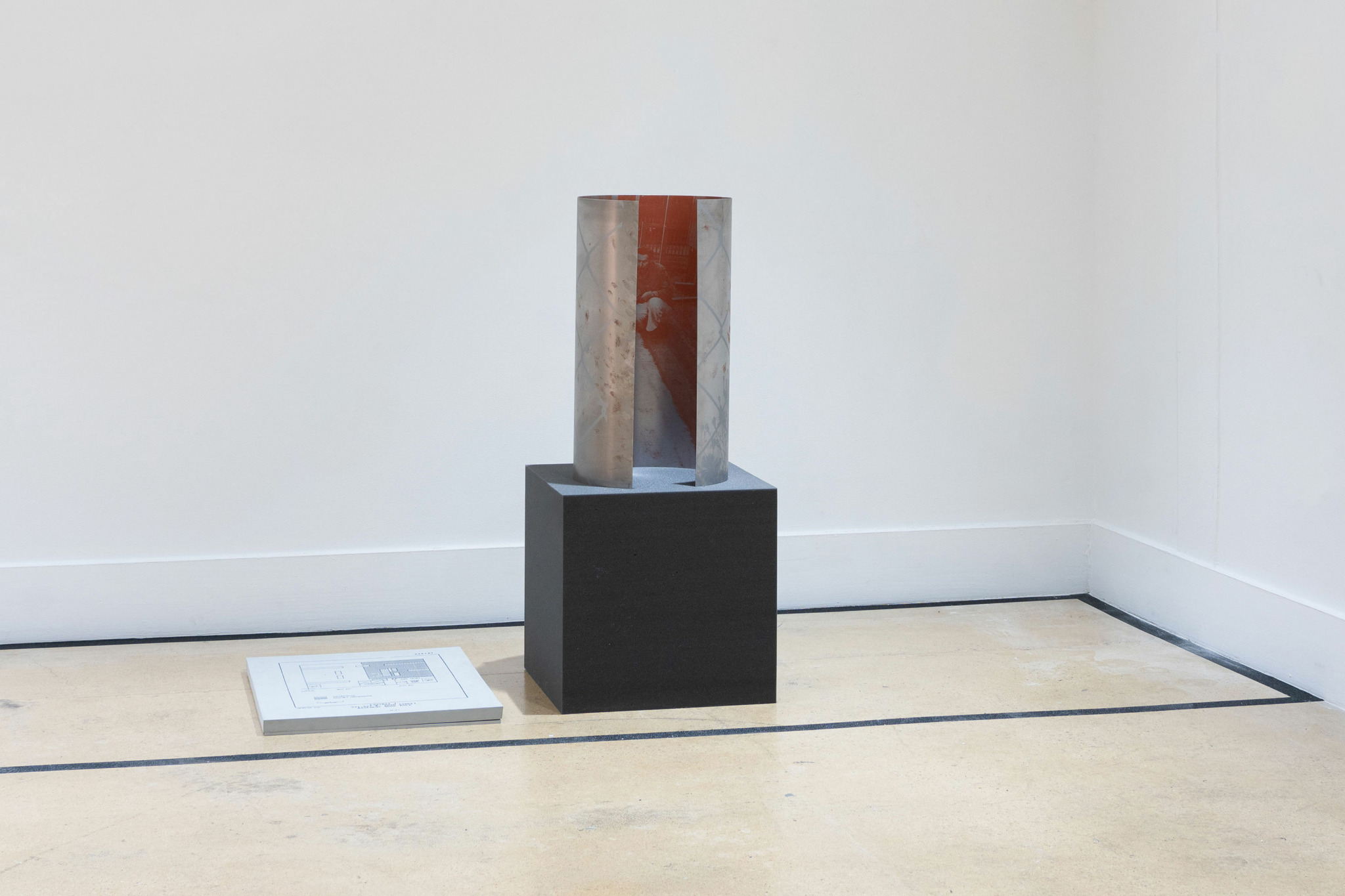
Are there any books, videos or other content that you feel have meaningfully impacted your thinking?
Saidiya Hartman, Wayward Lives, Beautiful Experiments Intimate Histories of Riotous Black Girls, Troublesome Women, and Queer Radicals
Wilson Harris, Jonestown
Dionne Brand, A Map to the Door of No Return: Notes to Belonging
Rob Nixon, Slow Violence and the Environmentalism of the Poor
Jeremiah Moss, Feral City: On Finding Liberation in Lockdown New York
Aimé Césaire, Discourse on Colonialism
Rebecca Solnit, Storming the Gates of Paradise: Landscapes for Politics
Mark Godfrey, The Artist As Historian
Allan Sekula, Reading an Archive: Photography between labour and capital
Ariella Aïsha Azoulay, Civil Imagination: A Political Ontology of Photography
Nikolaus Hirsch and Jason Waite, Don’t Follow The Wind
Silvia Federici, Caliban and The Witch
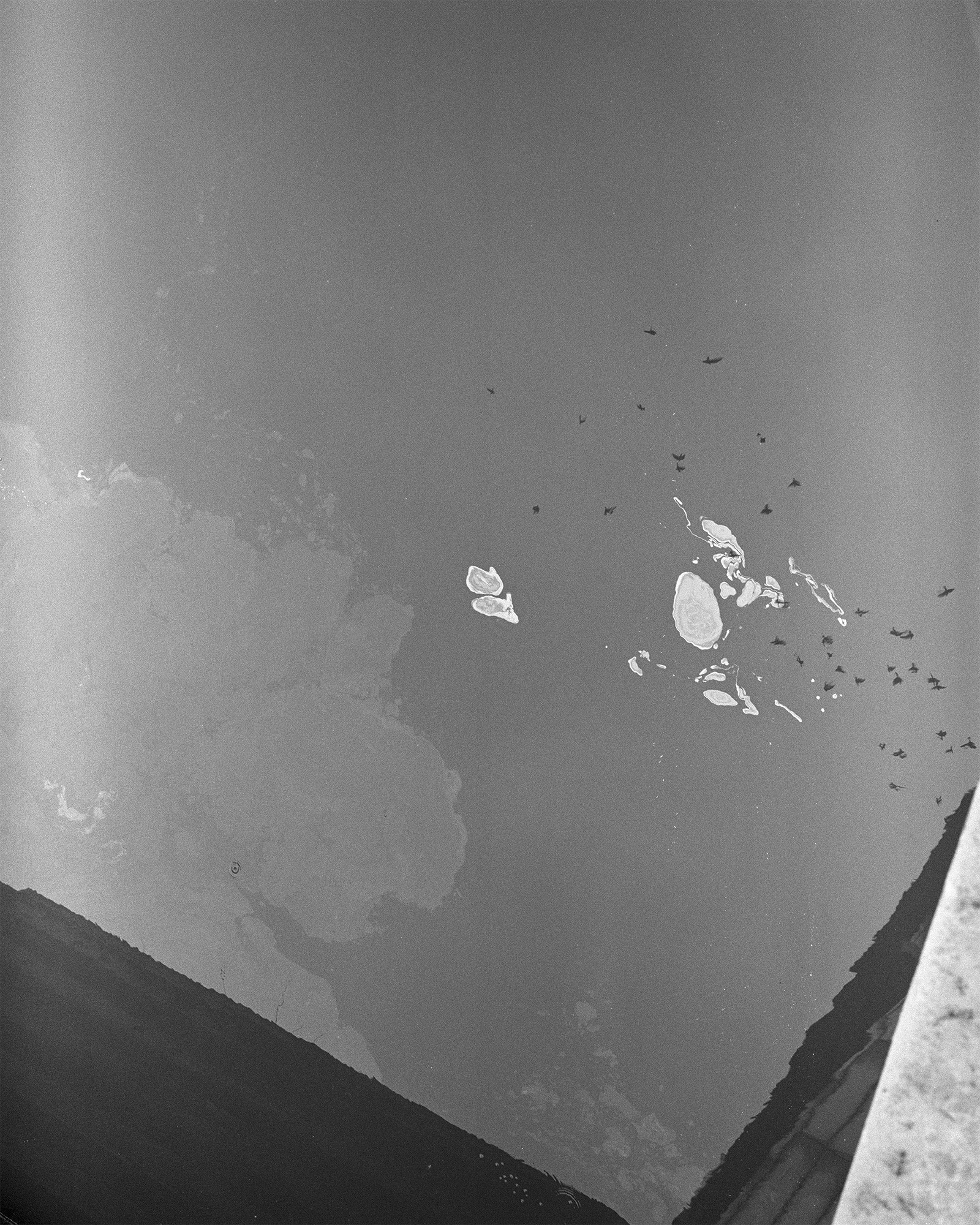
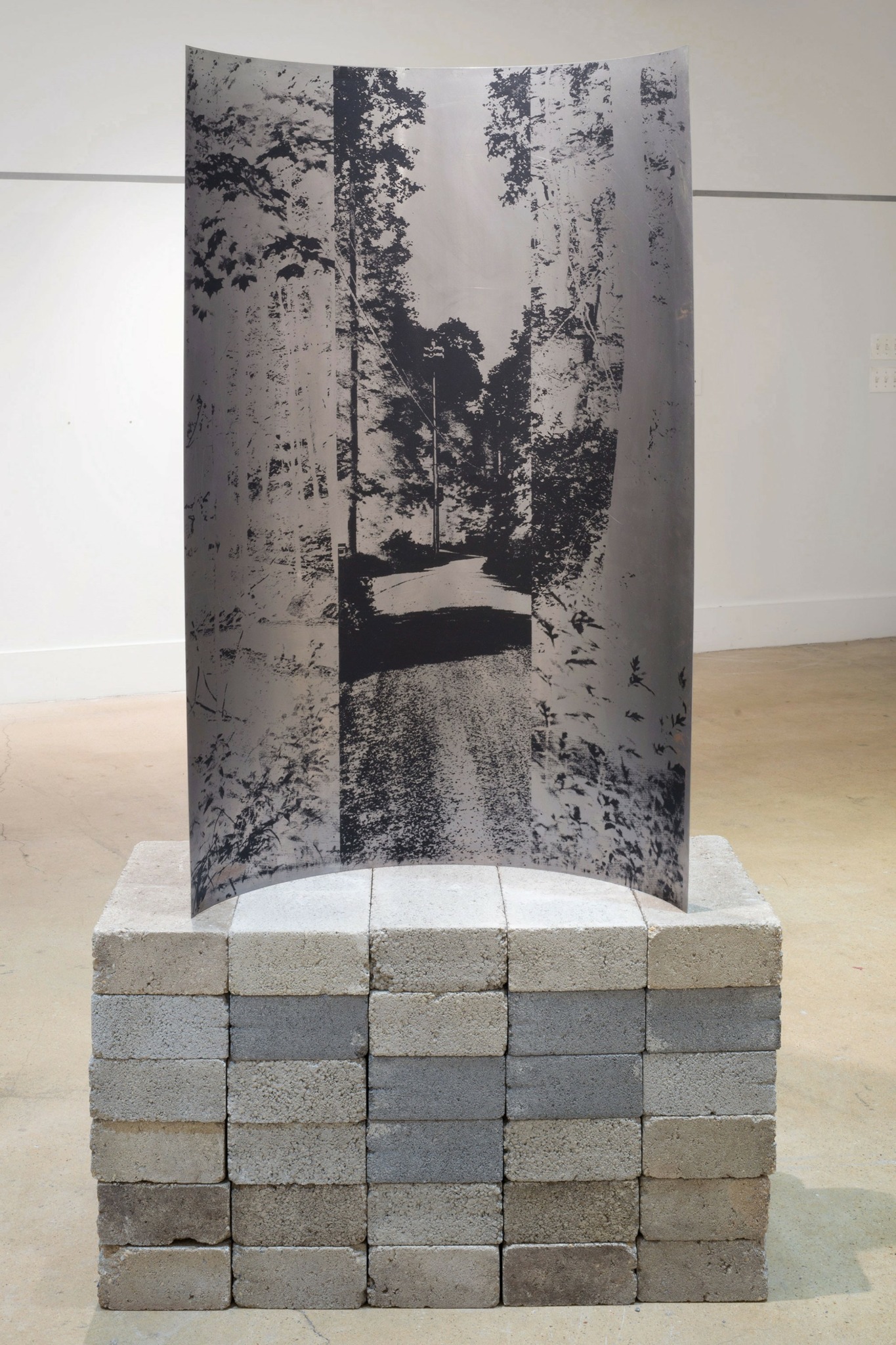
Are there any resources you wish you knew about earlier in your creative journey?
For sure! Great advice I’ve been given was to look at the other artists’ CV’s. If there is a particular artist you connect with and are inspired by, take a look at their residencies/grants/awards and shows. Research how you can apply for those same opportunities and just keep applying!
Contact Info:
- Website: https://erinoflynn.com
- Instagram: erin_oflynn
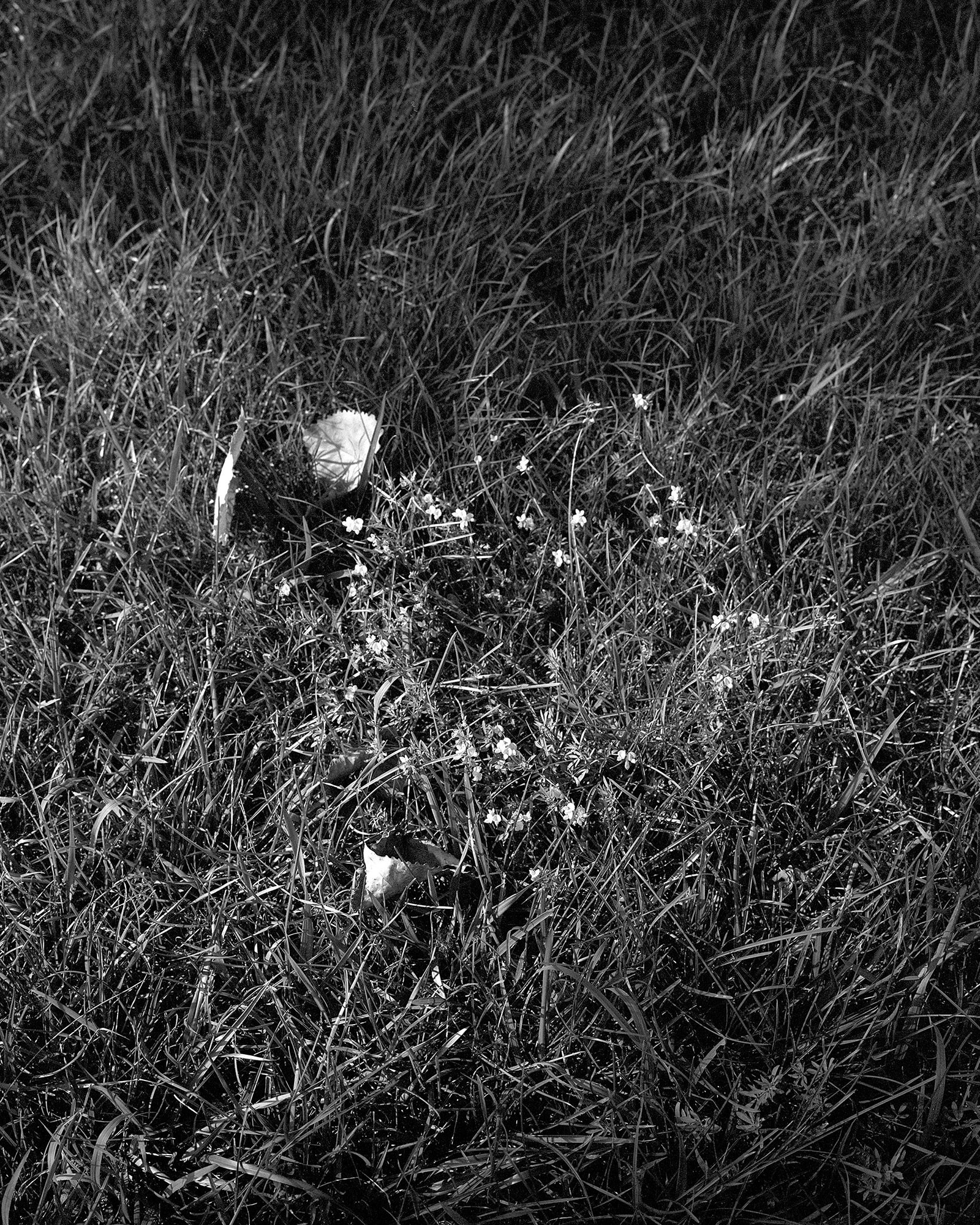
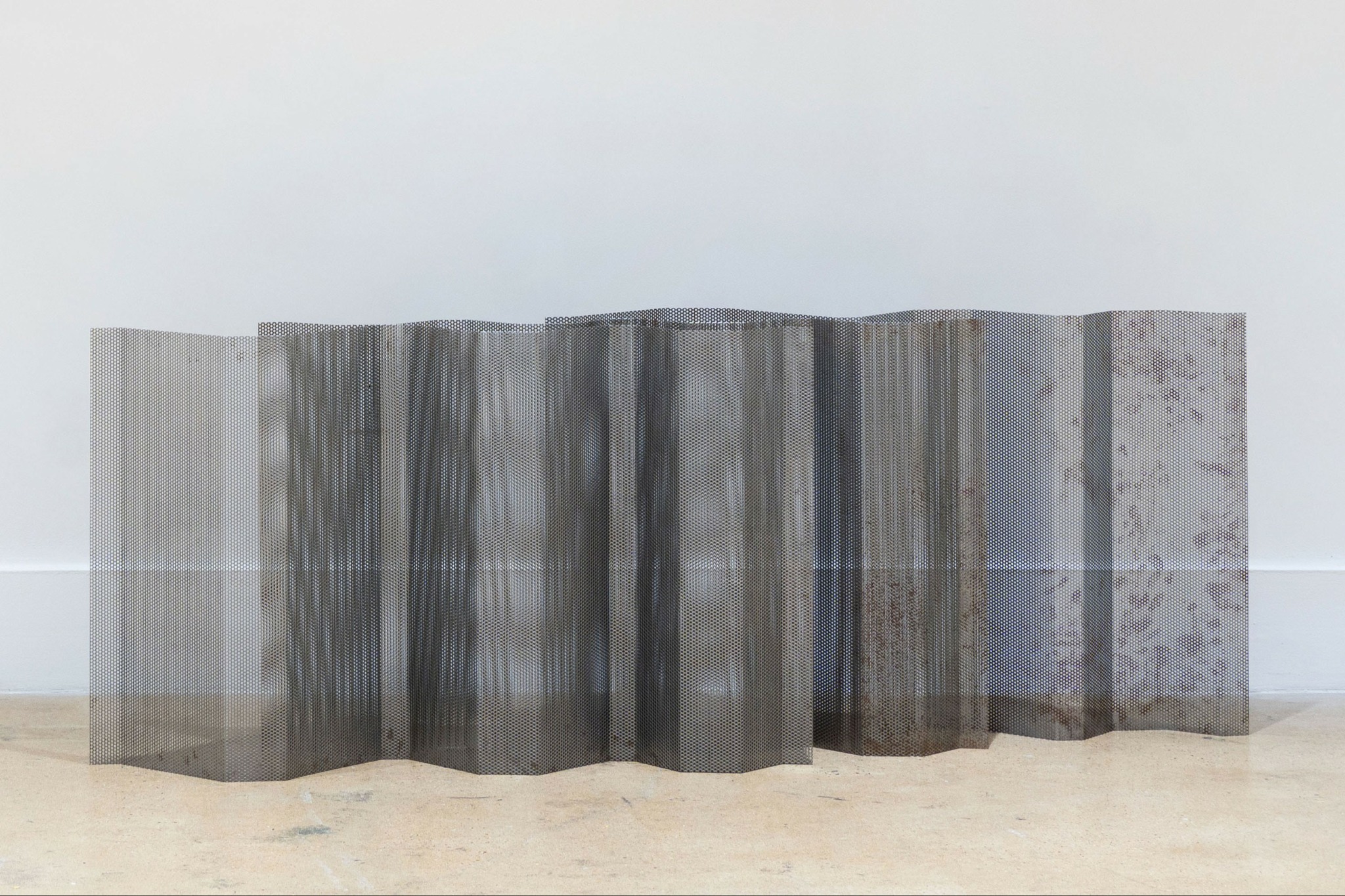
Image Credits
Erin O’Flynn-Willow II-2024-Canvas Rebel: Photo Courtesy of CLAMP
CAPTION: Willow II (Croton Point Park, NY), 2024
Erin-O’Flynn-Canvas-Rebel-Studio-01: Photo by Erin O’Flynn
CAPTION: Studio wall in 2023.
Erin O’Flynn-Canvas-Rebel-01: Photo by Chloe Scout Nix/Courtesy of Erin O’Flynn
CAPTION: Ramapo Fault Rupture (Indian Point Nuclear Power Plant, Buchanan, NY), 2024
Erin O’Flynn-Canvas-Rebel-02: Photo by Erin O’Flynn
CAPTION: Four Minutes, Full Volume (still), 2023
Erin O’Flynn-Canvas-Rebel-03 (1): Photo by Chloe Scout Nix/Courtesy of Erin O’Flynn
CAPTION: It’s exhausting trying to explain things you can barely see (The Hanford Site & West 20th Street, New York, NY), 2024
Erin O’Flynn-Canvas-Rebel-04: Photo by Erin O’Flynn
CAPTION: Gowanus Canal (Brooklyn, NY), 2024
Erin-O’Flynn-Canvas-Rebel-05: Photo by Erin O’Flynn
CAPTION: Old Albany Post Road (Phillipstown, NY); 2024
Erin O’Flynn-Canvas-Rebel-06: Photo by Erin O’Flynn
CAPTION: We Are Praying For You II, 2023
Erin-O’Flynn-Canvas-Rebel-07: Photo by Chloe Scout Nix/Courtesy of Erin O’Flynn
CAPTION: The River That Flows Both Ways (Muhheakantuck, The Hudson River), 2024


